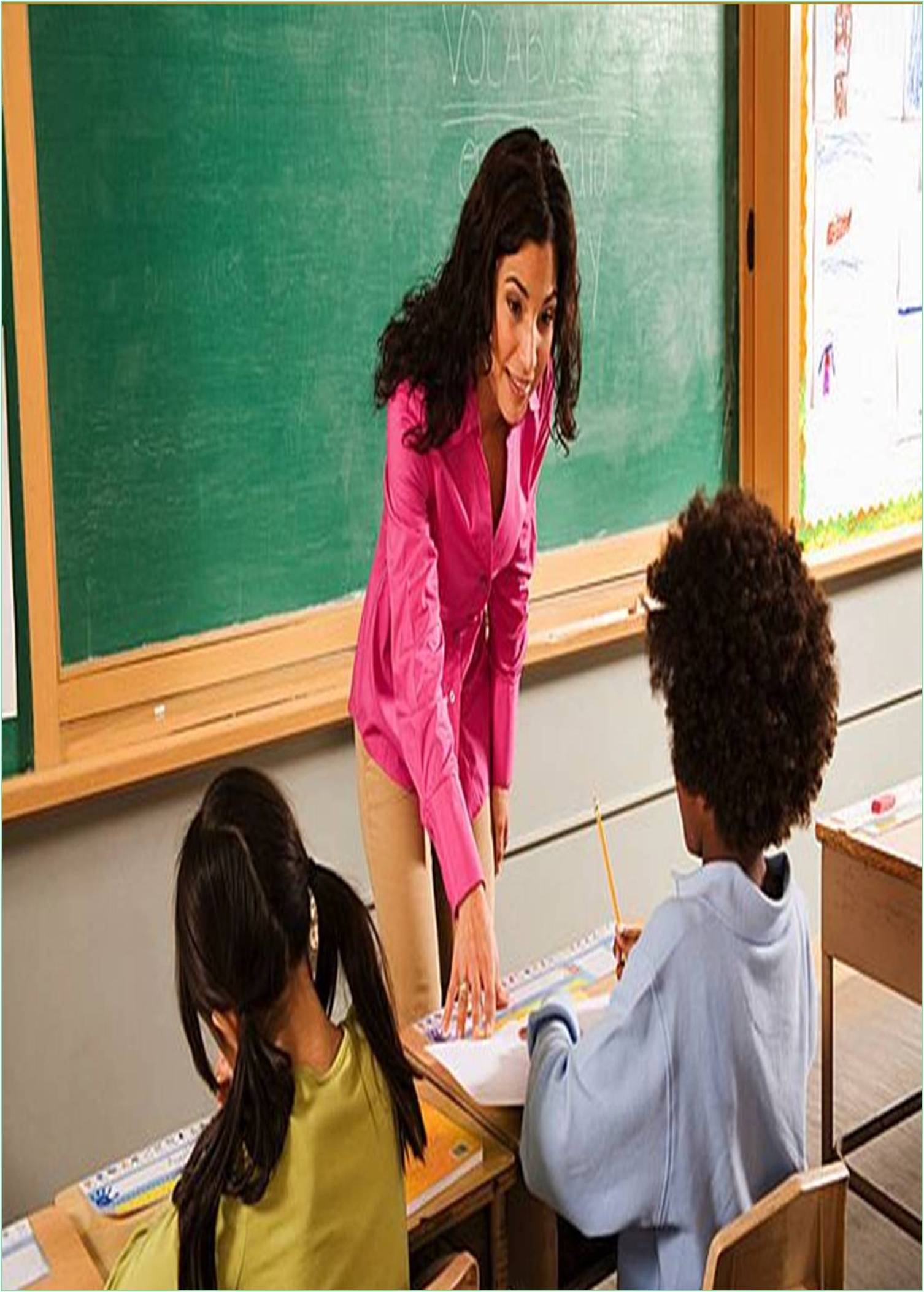



Received: 01-Feb-2022, Manuscript No. GJTE-22-63351 ; Editor assigned: 07-Feb-2022, Pre QC No. GJTE-22-63351 (PQ); Reviewed: 21-Feb-2022, QC No. GJTE-22-63351 ; Revised: 28-Feb-2022, Manuscript No. GJTE-22-63351 (R); Published: 08-Mar-2022, DOI: 10.15651/ GJTE.22.10.021
For teachers, learning usually refers to what is done in the school or classroom, but of course any teacher can provide examples of learning that takes place outside these places. Learning has more specific implications for many who are less engaged in school. In particular, the teacher's perspective on learning often emphasizes three ideas: curriculum, content and academic performance, ordering and preparation, and the importance of shifting learning to new or future situations, and sometimes of course. When teachers talk about learning, they tend to emphasize what is being taught at school. This includes both the formal curriculum and the various actions and routines that keep the classroom running smoothly. In practice, the definition of such learning is that teachers equate learning with the main forms of academic performance, especially language and mathematics, not so much with musical ability, physical coordination, or social sensitivity.
The side effect of the idea that learning is only relevant to the curriculum or scholars is that social interactions and behaviours in the classroom are a problem for teachersthe ones to manage. Especially when there are dozens of students in a room, as a teacher, I benefit from "learning" that requires concentration or collaboration. It tends to be considered. In a small classroom space, social interactions from other angles make no sense. However, in the wider world outside of school, learning is often done "accidentally" without conscious interference or input from others. For example, neither of us consciously tries to "learn" what a friend's personality is like.
Focusing on classroom changes has several other benefits. For example, most teachers know that this is a mistake and that teaching and learning can be very different, but trick teachers into thinking that what is being taught is consistent with what they have learned. When teachers assign students a reading about the Russian Revolution, it is good to assume that they not only read the same words, but they also learned the same content. Students may see this image if asked confidentially. Of course, there are ways to help with these various results. But whatever instructional strategies we adopt, they cannot include assuming that what we teach is the same as what students understand or retain.
The difference between education and learning creates a secondary problem for teachers: the problem of preparing for education. Traditionally, this concept has referred to the student's willingness to deal with school activities and expectations and to benefit from school activities and expectations. For example, kindergarten children should be healthy, have moderate social skills, be able to handle their physical needs and be able to easily use a pencil to go to school, drawings etc. that were ready to go. If the teacher has a student with a disability (for example: if the student has a visual disability), the teacher should take the appropriate approach rather than simply expecting the visually impaired child to sink. Another consequence of concentrating the concept of learning in the classroom is that it raises the question of usefulness or transfer. That is, the ability to apply knowledge or skills beyond the circumstances in which they were acquired. For example, learning to read and do math is an important goal of an elementary school curriculum, as these skills are intended to be used not only in the classroom but also outside the classroom. The transfer is not an intentional activity on the part of the learner, but a result of the learning environment. Teachers who are part of the learning environment can be a tool for transfer. Promote problem-based learning. Exercise community, cognitive training, and game-based learning.